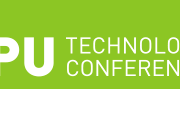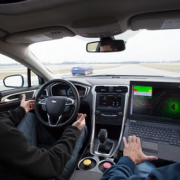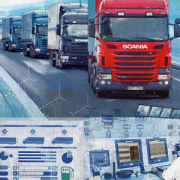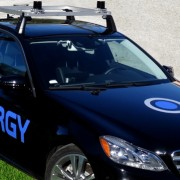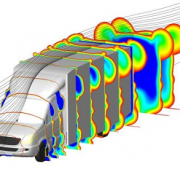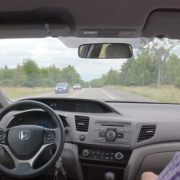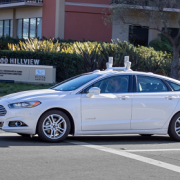Burney Simpson
The Ides of March brought a number takeovers and company investments in the driverless world. LiDAR sensors are particularly hot. Here’s a roundup.
GM could be paying as much as $1 billion for Cruise Automation, a firm best known for retrofitting autonomous technology to Audi vehicles.
Why is that worth $1 billion? The assumption being that Cruise has got something much bigger that GM wants.
But Cruise is playing it quiet. Its public website is virtually empty, except for the line ‘Cruise + General Motors Join the Driverless Revolution.’ Click thru and you see more than a dozen job listings for positions that will help deliver whatever it is GM wants.
Silicon Valley-based Toyota Research Institute brought on board the entire 16-member staff of Jaybridge Robotics, a spinoff of the Massachusetts Institute of Technology. Jaybridge has been a supplier to the industrial and agriculture industries.
Jaybridge CEO Jeremy Brown said in a press release that the two would focus on reducing traffic accidents. That certainly narrows it down.
HI-RES FLASH LIDAR
Germany-based Tier 1 supplier Continental bought the automotive division of Advanced Scientific Concepts, provider of 3D LiDAR cameras and sensors. Price not disclosed.
Santa Barbara, Calif.-based ASC claims its hi-res flash LiDAR can ‘see’ through dust, fog and other real-world problems that might obscure the road.
Continental said in a release that the purchase would help it to “mass produce flash LiDARS at an affordable price” for the commercial auto industry.
ASC engineers will join the Chassis & Safety Division of Continental in Santa Barbara, led by Arnaud Lagandre, and it might grow to have 100 engineers.
(By the way, the graphic for this story is by Continental.)
One more for 2016, and we’re still in March.
Sensata, a Netherlands-based global parts supplier, ‘partnered’ with Quanergy to help it expand sales of its LiDAR sensors. Quanergy this January launched a LiDAR device that costs $250, compared with the high-end product from Velodyne that costs thousands.
BUILDING ON 2015 BUYS
That helps us to transition to 2015 because Quanergy received an investment from Tier 1 supplier Delphi last year.
These Tier 1 guys will sell so many LiDAR devices that the price will go down, right?
Delphi also purchased Ottomatika, a Carnegie Mellon spin off that develops autonomous driving software.
Lear Corp. bought Arada Systems, the Troy, Mich.-based supplier of Vehicle-to-Infrastructure (V2X), and Vehicle-to-Vehicle (V2V) communications systems.
Lear, a supplier of automotive seating and electrical distributions systems, last year also swallowed Autonet Mobile for its telematics and apps services (See “Lear’s Arada Buy Expands V2X Line”).
And don’t forget that GM made its $500 million investment in ride-sharing firm Lyft (See “GM Invests Half a Billion in Lyft for Autonomous Car Network”).
Does this mean GM is planning for a world where consumers stop buying cars, and instead rely on Uber, Lyft, public transportation, bikes, i.e. Mobility as a Service, to get around?
Maybe, though it’s more likely GM is preparing for whatever the unpredictable consumer wants.
Right now, things are changing so fast, there’s no telling what we’ll see in 10 years.

